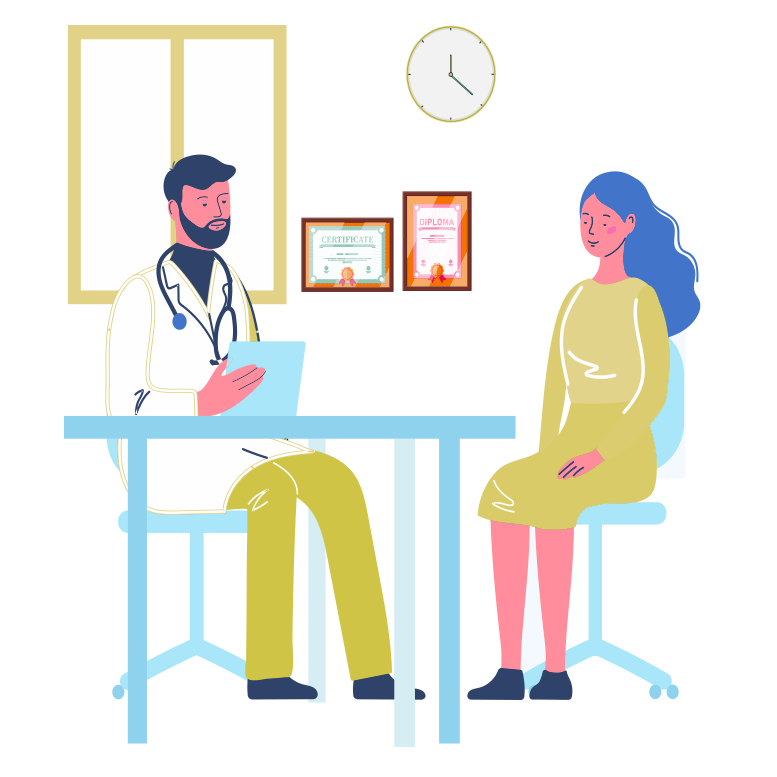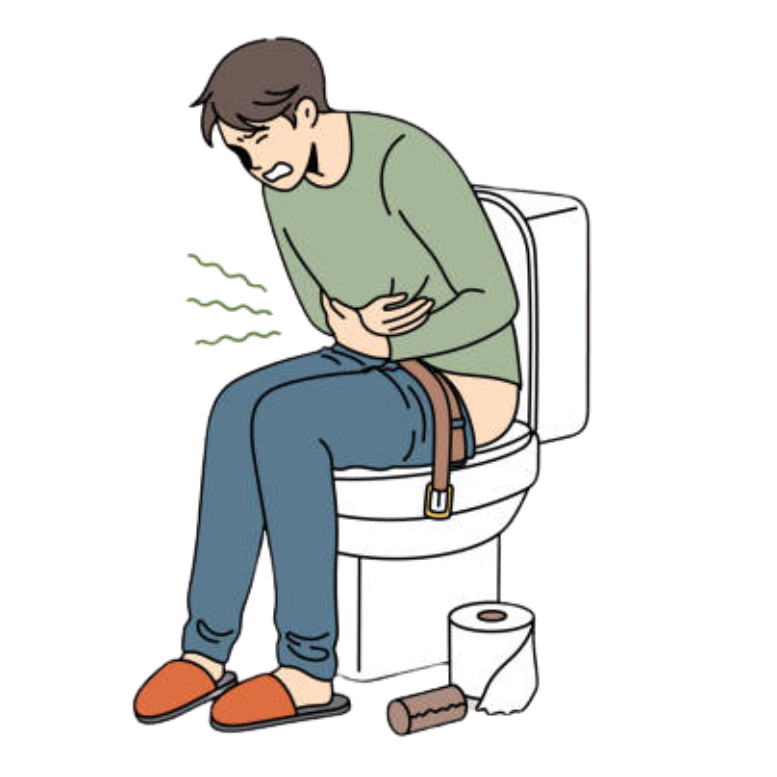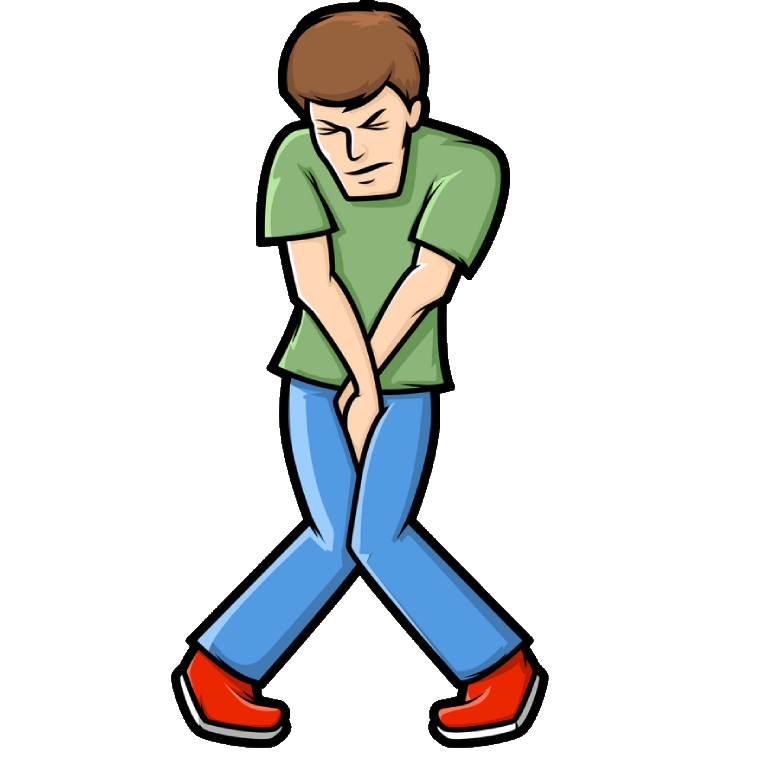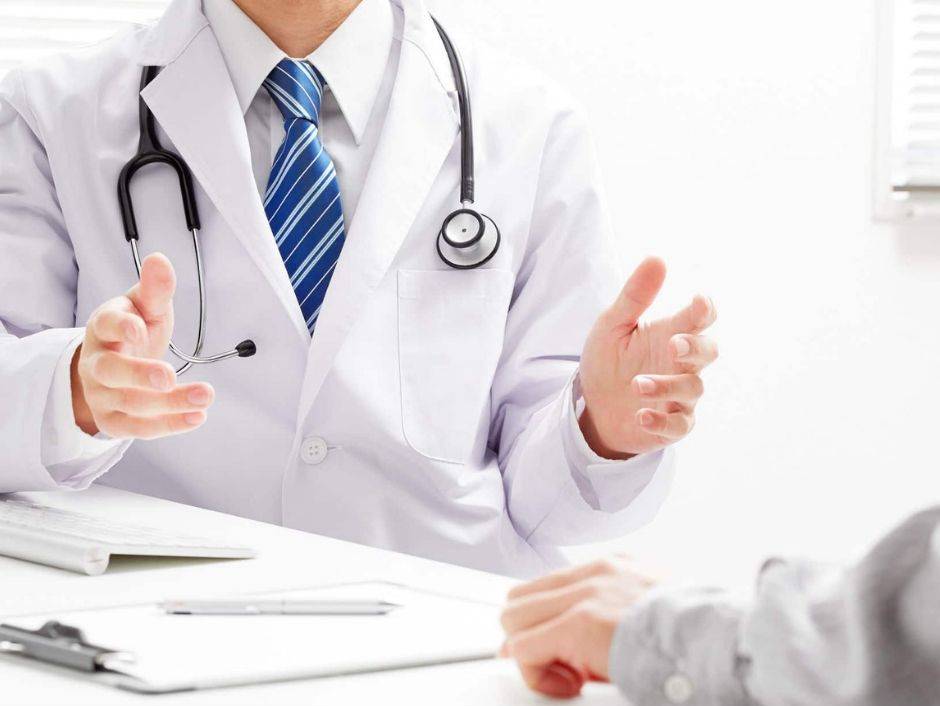
About us
Gurgaon Piles Clinic was founded by Dr. Ashish Bhanot who is a reputed Surgical gastroenterologist and Bariatric surgeon. The mission to set up this clinic was to help people suffering from piles recurring fistula in ano and other Gastrointestinal problems with the most advanced technology.
To serve humanity, we ensure to offer specialization in the treatment procedure and world-class healthcare service at an affordable fee. We aim to help people live healthy lives and experience world-class patient care in their Gurgaon and nearby places.
Excellent patient care
Affordable fee
Trusted medical team
Minimal invasive surgical approach
Some Facts About Us
Our Specialties






Our Treatment Process
Our Treatment Process
Frequently Asked Questions
Anal fissures are the tears that expose the muscles that are present near the anus and lead to pain and bleeding. People can experience them due to trauma or injury that can repetitively and aggressively stretch the anal canal. Some medical conditions that can cause this medical complication are:
– Constipation or passing hard stool
– Diarrhea
– Childbirth
– Anal sex
Due to excessive pressure on the rectum, the veins of the (lower anus and rectum) tend to get swollen causing tissue growth and discomfort. Situations that can eventually lead to piles are:
– Chronic constipation
– Chronic diarrhea
– Putting excessive pressure during straining
– Lifting heavyweights
– Obesity
– Pregnancy & aging
– Unhealthy lifestyle
In the case of mild piles, it takes 2-7 days to complete relief from piles. But the time period of the piles treatment may depend on the condition and hence may vary.
There are several causes behind the development of fistula but the prime reason is ignored Fissure in ano, blockages in the anal gland and anal absecesses. Some other less common causes are:
– Disease of the intestines like Crohn’s disease and Diverticulitis
– Cancer or radiation obtained during cancer treatment
– Trauma
– Sexually transmitted diseases and infections



















